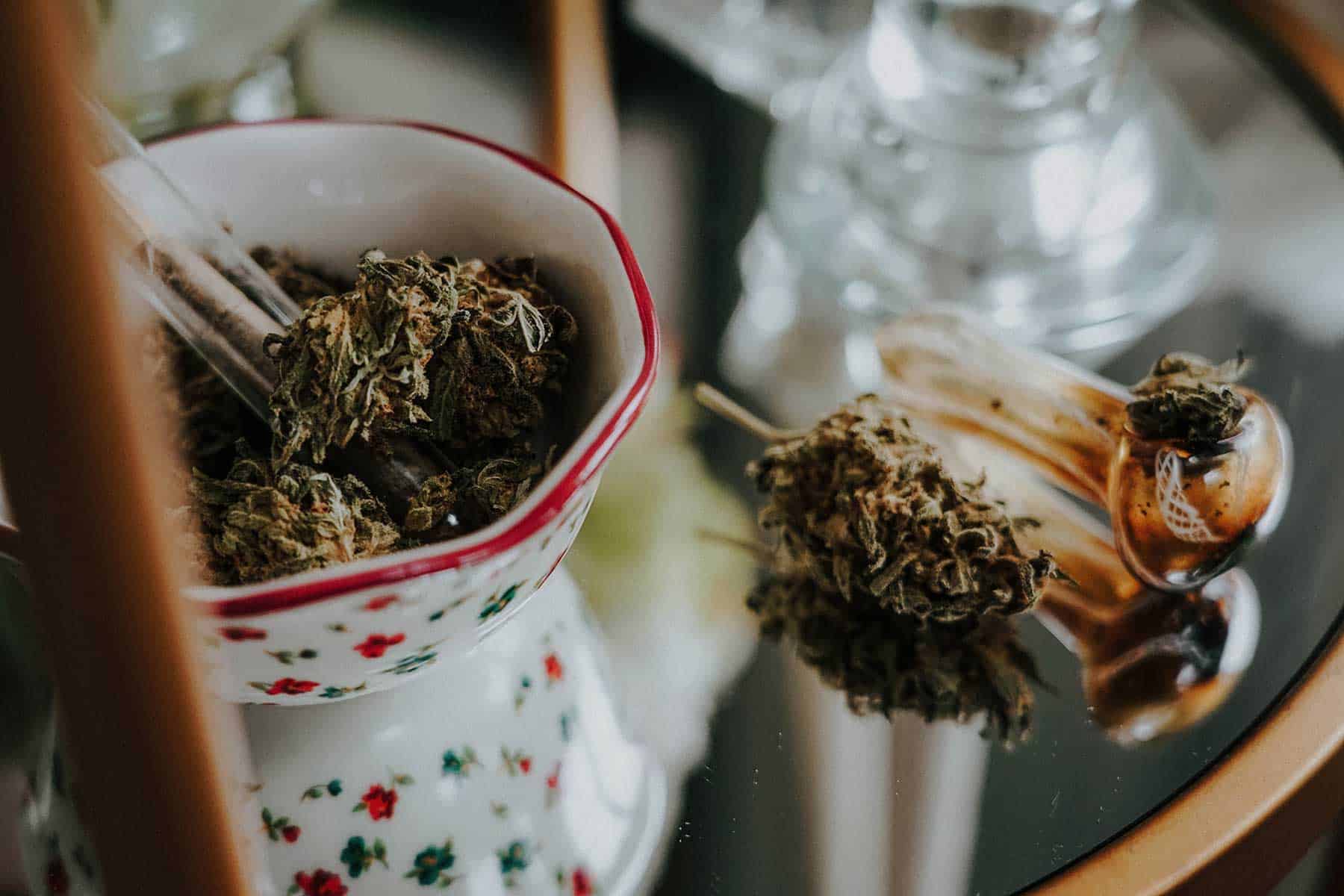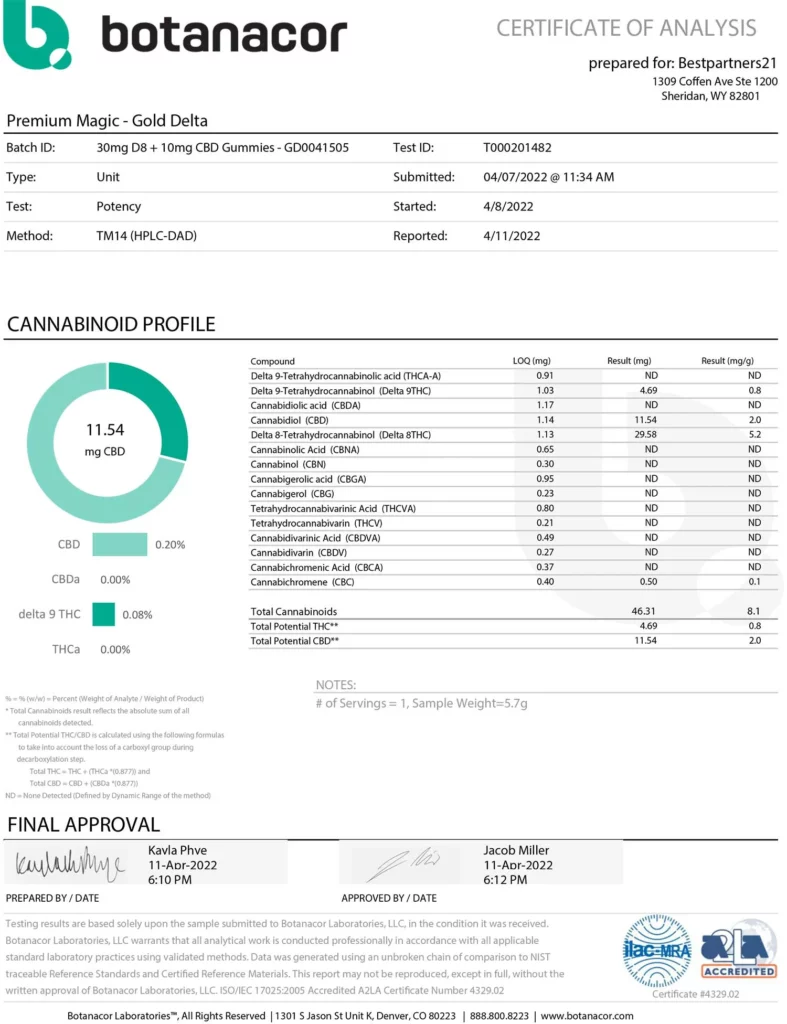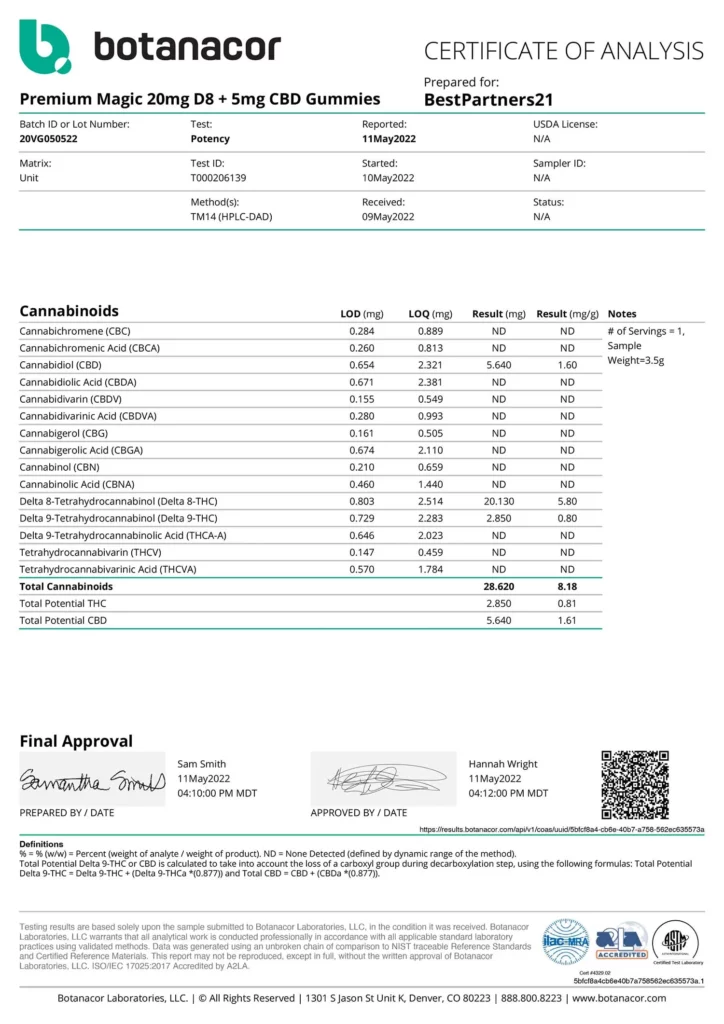
Sustainable Cannabis: Eco-friendly Practices in the Marijuana Industry

In the world of cannabis, sustainability is a growing concern. Sustainable cannabis refers to environmentally-friendly practices in the marijuana industry. It is essential to adopt eco-friendly practices to minimize the negative impact on the environment.
This article delves into the concept of sustainable cannabis and its significance. We will also provide an overview of the marijuana industry and its environmental impact. Furthermore, the article aims to explore various eco-friendly practices that can be implemented to promote sustainable cannabis production.
By adopting these practices, we can contribute to a greener and more sustainable cannabis future.
Environmental Impact of the Marijuana Industry
The marijuana industry has a big impact on the environment, especially when it comes to growing cannabis indoors. Here are some key environmental concerns:
Energy Use in Indoor Cultivation
Growing cannabis indoors requires a lot of energy for things like lighting, ventilation, and temperature control. This leads to high electricity use and a lot of carbon emissions. We need to find ways to use less energy and be more efficient.
Water Use and Conservation
Cannabis plants need a lot of water, especially when grown indoors or in greenhouses. This can put a strain on water resources, especially in areas where water is scarce. We should find ways to use water more wisely, like using drip irrigation and collecting rainwater.
Land and Deforestation
As the marijuana industry expands, forests and natural habitats are being cleared to make room for cannabis cultivation. This can harm the environment, causing deforestation and loss of wildlife. It’s important to be mindful of where we grow cannabis and try to use already disturbed land whenever possible.
Carbon Emissions and Climate Change
The energy and resources used in indoor cultivation contribute to carbon emissions, which contribute to climate change. This includes emissions from energy production and transportation, as well as the use of certain fertilizers. We need to reduce these emissions by using renewable energy, being more efficient with our energy use, and using sustainable fertilizers.

Delta-8 Gummies – Gold Paradise Mix
Original price was: $82.99.$38.99Current price is: $38.99.
Or Subscribe and Save 30%

Silver Paradise Mix
Original price was: $68.99.$33.99Current price is: $33.99.
Or Subscribe and Save 30%
Sustainable Cannabis Cultivation Methods
Cultivating cannabis sustainably is key to reducing the environmental impact of the marijuana industry. Here are some eco-friendly cultivation methods:
Outdoor Cultivation
Growing cannabis outdoors offers several benefits in terms of energy consumption and carbon emissions. When plants are exposed to natural sunlight, less energy is needed for lighting compared to indoor cultivation. This reduces the carbon footprint associated with energy production. Additionally, selecting suitable cannabis strains that thrive in outdoor environments can enhance plant health and yield.
Outdoor cultivation also provides opportunities for natural pest control and the use of organic fertilizers. Beneficial insects and birds can help control pests naturally, reducing the need for harmful chemical pesticides.
Organic fertilizers, such as compost or natural amendments, can nourish the soil and promote plant growth without introducing harmful chemicals into the environment.
Greenhouse Cultivation
Greenhouses offer a controlled environment that combines the benefits of outdoor and indoor cultivation. They provide energy efficiency and climate control, reducing the need for excessive energy consumption.
By utilizing renewable energy sources like solar panels, greenhouse operations can further minimize their carbon footprint. Implementing water-saving techniques like drip irrigation and rainwater harvesting systems in greenhouses helps conserve water resources.
Energy-Efficient Lighting Options
Lighting is a crucial aspect of cannabis cultivation, and choosing energy-efficient options can significantly reduce energy consumption.
LED (light-emitting diode) technology is a popular choice due to its energy efficiency and long lifespan. LED lights produce less heat, reducing the need for additional cooling, and can be customized to provide the specific light spectrum needed for different stages of plant growth.
Heating, ventilation, and air conditioning (HVAC) systems also play a role in energy consumption. Investing in advanced HVAC systems that optimize energy usages, such as variable speed fans and smart temperature controls, can reduce energy waste and enhance energy efficiency.
To further optimize energy usage, energy monitoring, and automation tools can be employed. These tools help track energy consumption, identify inefficiencies, and automate processes to ensure energy is used efficiently throughout the cultivation facility.
Water-saving techniques
Water-saving techniques are essential for sustainable cannabis cultivation methods in the cannabis industry. Here are some strategies that can help conserve water:
- Drip Irrigation: Drip irrigation delivers water directly to the plant’s root zone, minimizing water loss through evaporation. This method provides targeted watering and reduces overall water usage compared to traditional sprinkler systems.
- Rainwater Harvesting: Collecting rainwater and storing it for later use is an effective way to reduce reliance on freshwater sources. Rainwater can be used for irrigation, reducing the need for treated water.
- Water Recycling and Reuse: Implementing systems to capture and treat runoff or excess irrigation water allows for its reuse in subsequent watering cycles. This practice minimizes water wastage and maximizes efficiency.
- Smart Irrigation Systems: Utilizing smart irrigation technologies, such as soil moisture sensors and weather-based controllers, helps optimize watering by adjusting irrigation schedules based on real-time data. These systems prevent overwatering and promote water conservation.
By implementing these water-saving techniques, the cannabis industry can reduce its water footprint and promote sustainable cannabis cultivation practices.
Waste Management and Recycling
Proper waste management is crucial for achieving sustainability in the cannabis industry. Here are some key considerations:
Reuse of cannabis waste
Cannabis cultivation generates various types of waste, including plant trimmings and packaging materials. It’s important to address this waste to minimize its environmental impact. Plant waste can be a valuable resource for composting or alternative uses, while packaging materials should be managed responsibly.
Proper waste disposal and recycling
Ensuring proper waste disposal and recycling practices is essential. Cannabis businesses should have systems in place to collect, separate, and dispose of waste in accordance with local regulations. This includes separating organic waste for composting and recyclable materials for appropriate recycling facilities.
Innovative Solutions for waste disposal
To promote sustainability, innovative solutions can be employed. Composting plant waste not only reduces environmental impact but also creates nutrient-rich compost that can be used to enrich soils. Repurposing packaging materials, such as using recyclable or biodegradable options, helps reduce waste and environmental harm.
Sustainable Cannabis Packaging and Labeling
When it comes to sustainable cannabis practices, packaging and labeling play a significant role. Here are some eco-friendly considerations:
Environmentally Friendly Glass or Jars for Cannabis
Choosing glass or jars as packaging materials for cannabis products is a sustainable cannabis option. Glass is recyclable and reusable, reducing waste and environmental impact. It also helps preserve the freshness and quality of the product.
Environmentally Friendly Packaging Materials
Opting for packaging materials that are environmentally friendly is crucial. This includes using materials that are biodegradable, compostable, or made from recycled content. Sustainable cannabis alternatives like hemp-based or plant-based plastics can also be utilized.
Recyclable Packaging Designs
Designing packaging that is easily recyclable helps minimize waste. Avoiding complex packaging structures or incorporating multiple materials that are difficult to separate discourages recycling. Simple and easily recyclable packaging designs are more environmentally friendly.
Eco-Friendly Labels for Consumer Education
Labels on cannabis products can serve as a means to educate consumers about sustainability and eco-friendly practices. Including information about the product’s sustainable cannabis attributes, such as organic cultivation, recyclability, or fair trade certifications, can help consumers make informed choices.
By implementing sustainable cannabis packaging and labeling practices, the marijuana industry can reduce waste, conserve resources, and promote environmental consciousness among consumers.
Community Engagement and Social Responsibility
Engaging with the community and embracing social responsibility is essential for sustainable cannabis production. Here are some key considerations:
Supporting Local Communities and Small-Scale Farmers
One important aspect of sustainable cannabis production is supporting local communities and small-scale farmers. By sourcing cannabis from local growers, the industry can contribute to local economies and foster a sense of community. This support helps ensure that the benefits of the industry are distributed more equitably.
Ethical Labor Practices and Fair Wages
Promoting ethical labor practices and fair wages is crucial for a socially responsible cannabis industry. This includes providing safe working conditions, fair compensation, and proper employee benefits.
Respecting workers’ rights and supporting fair labor practices are also essential for building a sustainable cannabis and socially conscious industry.
Social Initiatives and Environmental Education
Engaging in social initiatives and promoting environmental education can help raise awareness and foster positive change. Supporting community initiatives related to environmental conservation, sustainable cannabis farming practices, and waste reduction can make a significant impact.
Educating consumers and the public about the environmental benefits of sustainable cannabis and the importance of making eco-friendly choices contributes to a more conscious and informed society.
Social Equity
To ensure a sustainable cannabis and socially responsible cannabis industry, it is essential to address social equity. This includes promoting diversity, equality, and inclusivity within the industry, as well as supporting initiatives that provide opportunities for historically marginalized communities. Working towards fair labor practices and social equity creates a more equitable and sustainable cannabis future for the marijuana industry.
By actively engaging with communities, practicing fair labor standards, supporting social initiatives, and promoting environmental education, the cannabis industry can play a vital role in fostering positive social and environmental change. These efforts contribute to a sustainable cannabis and socially responsible marijuana industry.
Final Thoughts
To sum up, it is clear that sustainable cannabis practices are crucial for the marijuana industry’s future. Throughout this article, we have discussed eco-friendly cultivation methods, energy efficiency measures, waste management, and community engagement.
By adopting practices like outdoor and greenhouse cultivation, using water-saving techniques, and implementing energy-efficient lighting, the industry can reduce its impact on the environment.







